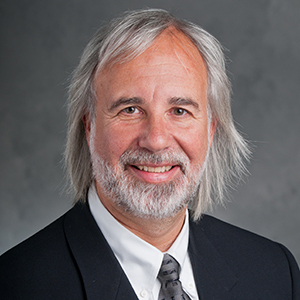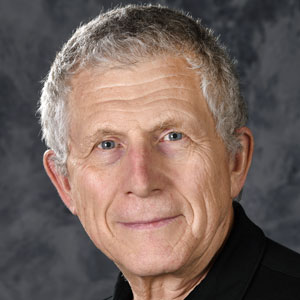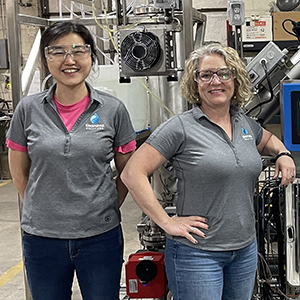Improved understanding of factors driving DNA damage and repair may offer new clues for personalized disease prevention, according to Bevin Engelward, Sc.D., a biological engineer and director of the Superfund Research Program at the Massachusetts Institute of Technology (MIT).
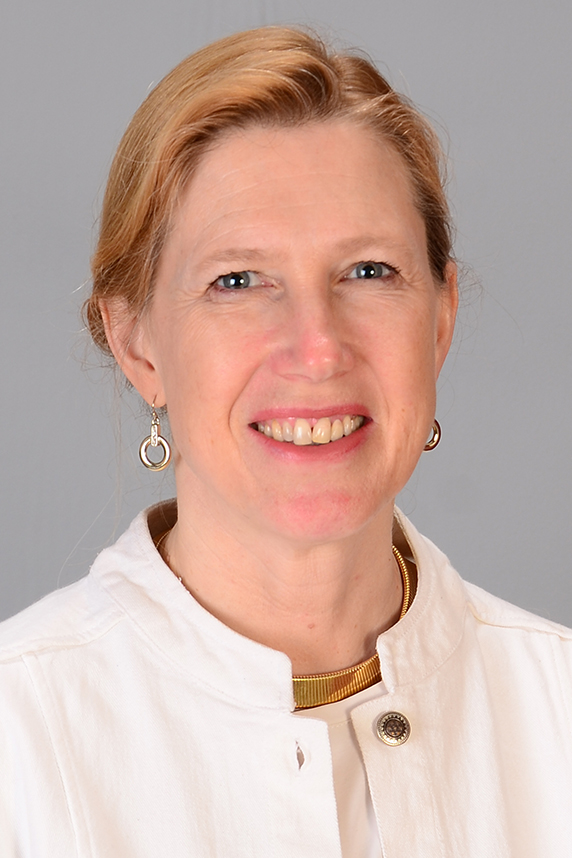
Engelward shared insights from her research, which interrogates how genes and the environment, often referred to as GxE, can affect an individual’s susceptibility to DNA damage, mutations, and, ultimately, cancer, during her April 6 NIEHS Keystone Science Lecture.
DNA — the building blocks of life — carries genetic information via two linked strands. The double-stranded nature of DNA makes it possible to perform base excision repair, the process of removing damaged nucleotides from one strand and correctly replacing it to its original state using the other strand as a template.
“We do this kind of repair a lot,” Engelward explained. “In fact, I did the math, and this is probably an underestimate, but we have about a trillion DNA repair events every second, if you look at your whole body.”
However, this capacity for DNA repair can vary significantly from person to person, according to Engelward. Without DNA repair, damage can result in mutations, which can cause cancer and possibly other diseases.
Grand challenges
During the last 25 years at MIT, Engelward has framed her work around two basic challenges. The first, which she calls the 100,000 chemicals challenge, aims to assess the safety of the numerous chemicals in the environment. The second challenge concerns GxE interactions and tries to determine the extent to which DNA repair influences cancer risk.
Engelward’s laboratory has developed one technological innovation after another to address these challenges. A genetically engineered mouse model in which mutant cells fluoresce bright yellow within intact tissues — as if marked by a highlighter — is one of her most well-known advances.
Her team used this mouse model to investigate the molecular consequences of DNA damage caused by exposure to chemicals known to induce the inflammatory response. They found that inflammation and DNA damage have synergistic effects, leading to a greater increase in mutations.
“We all know inflammation is a risk factor for cancer, but we don’t think enough about combinatorial effects of inflammation plus other factors,” said Engelward. “Inflammation increases cellular proliferation, which greatly increases susceptibility to mutations from DNA damage.”
Community problem solving
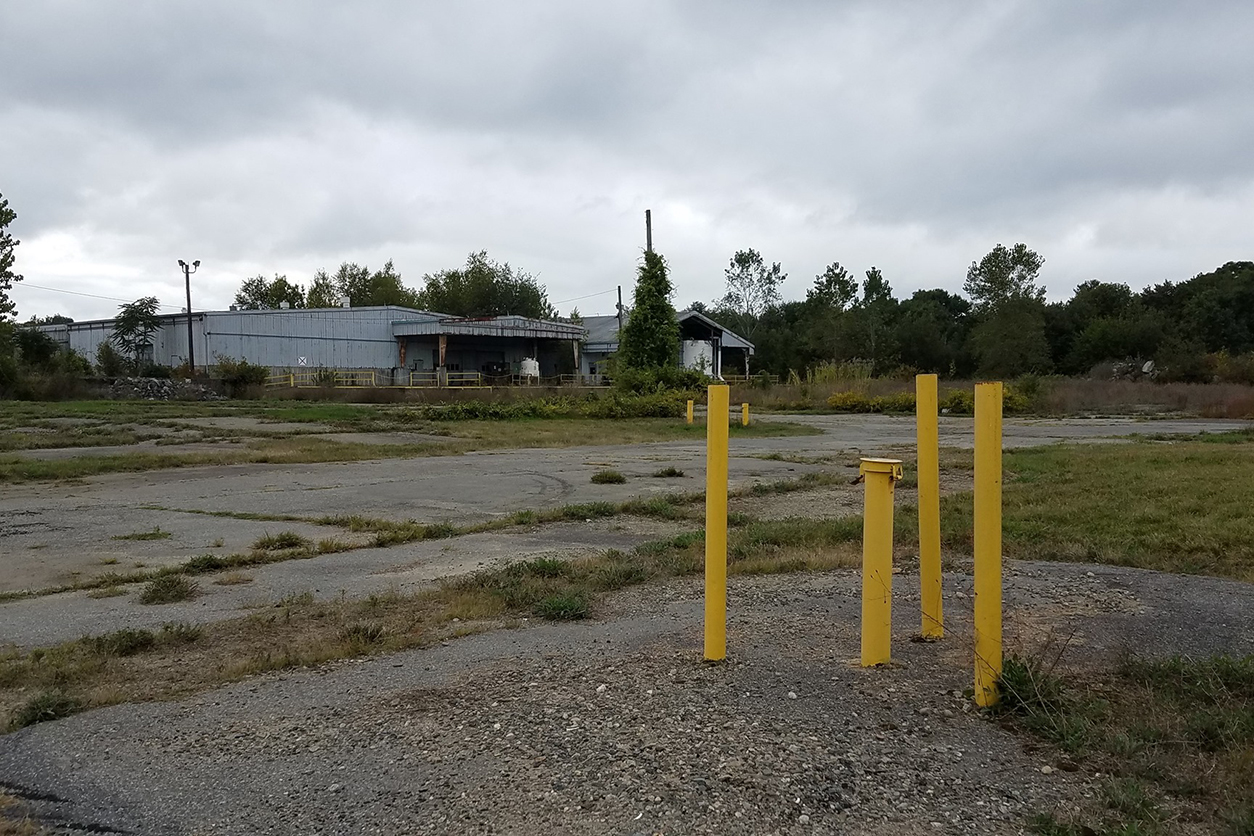
Engelward and her colleagues are currently doing work focused on environmental carcinogens at the Olin Chemical Superfund Site in Wilmington, Massachusetts, where a cluster of 22 childhood cancer cases had arisen among the town’s 16,000 residents. Investigators found that a local chemical company had dumped millions of gallons of chemical waste into sand pits, where it seeped underground. One of the compounds found in the community’s drinking water, called N-nitrosodimethylamine (NDMA), has been shown to cause cancer in animal models.
The MIT Superfund Research Program team, led by Engelward, found that a DNA repair protein called alkyladenine DNA glycosylase (AAG) could prevent NDMA-induced mutations in mice.
“We know that AAG is present at different levels in different people, so this could be a really important future epidemiological study,” said Engelward. “I think it would be interesting to do additional screening for AAG activity in humans, which could allow for stratification of exposed people into risk groups as a means of personalized prevention.”
Engelward’s lecture was hosted by Michelle Heacock, Ph.D., acting branch chief of the NIEHS Superfund Research Program, and Leroy Worth Jr., Ph.D., scientific review officer, both of whom praised her research portfolio and her dedication to her students.
“Engelward is an amazing scientist and mentor,” said Heacock during her introductory remarks at the lecture. “She has published over 100 publications and has led some exquisite studies on the role of DNA damage and its impacts to human health.”
(Marla Broadfoot, Ph.D., is a contract writer for the NIEHS Office of Communications and Public Liaison.)





